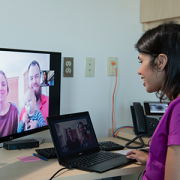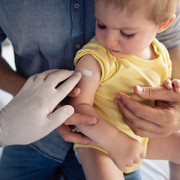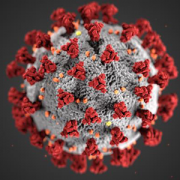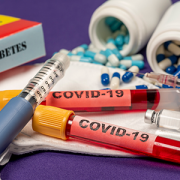Steady rates of patient satisfaction, reimbursement for cardiac telehealth during COVID-19
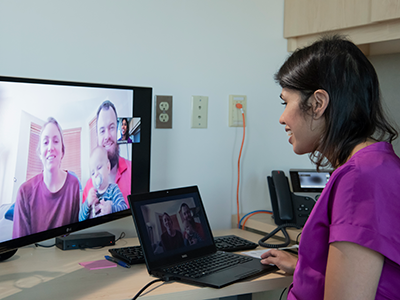
In the first two weeks of COVID-19’s major impact on the U.S., Children’s National Hospital moved most of its subspecialty in-person day-to-day clinics to virtual care. Children’s National Heart Institute was one of the first divisions to offer telehealth visits — in part because the team was an early adopter of telehealth in cardiology for both physician-to-physician consultations and direct-to-patient care, and stood poised to widely implement it.
A poster presentation at the American Heart Association Scientific Sessions 2020 quantified how the rapid transition to direct-to-consumer telehealth services impacted families with children who have congenital heart disease. The findings were presented by first author Kristine Mehrtens, M.S., B.S.N., R.N., C.P.N., clinical manager for the Heart Institute’s Ambulatory Services.
The team found that though in-person cardiology visits decreased during the COVID-19 pandemic, direct-to-patient telehealth visits were able to partially compensate for the sudden drop.
Additionally, payer reimbursement rates for these direct-to-consumer telehealth visits were similar to in-person clinic visits.
”This is exciting as prior to COVID-19 we have seen a lower reimbursement rates for these cardiology direct-to-consumer telehealth visits compared to in-person cardiology clinic visits,” said Ashraf S. Harahsheh, M.D., a pediatric cardiologist at Children’s National Hospital who has utilized direct-to-consumer telehealth visits since 2016 and is a senior author on the new study.
Patient satisfaction scores for care providers, including the likelihood of recommending a care provider from Children’s National Hospital, was the same for telehealth follow-up visits as it was for in-person clinic visits before the pandemic.
“As a multidisciplinary team, we agreed that diagnostic studies such as echocardiograms were important to include with follow-up visits,” says Mehrtens. “Together we developed a strategy to ensure we could meet the needs of the patients and also safely conduct in-person visits when necessary.”
Why is this important?
The pandemic and the resulting temporary halt to in-person, non-urgent/emergent visits earlier this year put the most vulnerable people with congenital heart disease at high risk for complications or worsening of their existing heart disease because they are unable to follow the recommended schedule for follow-ups.
The readiness of the Children’s Heart Institute team to quickly move to a telehealth platform successfully bridged the gap between in-person visits for some patients, allowing cardiology surveillance to continue safely.
“I am proud of our team of physicians and advanced care providers,” Harahsheh concludes. “We went from three providers (8%) pre-COVID 19 to 31 (79%) providers offering direct-to-consumer telehealth visits during the pandemic.”
What’s next?
Building on previous, smaller studies of telehealth before the pandemic began, the team will continue to conduct research to assess the safety and efficacy of these telehealth visits over time. The increase in patients who are continuing to see their providers for routine follow-ups via telehealth will allow a larger sample for effective study of this care model.
American Heart Association Scientific Sessions 2020
Impact of Telemedicine on Pediatric Cardiac Center’s Ambulatory Response to the 2019 Novel Coronavirus Disease (covid-19) Pandemic
P1692
9:00am – 10:00am
Fri, Nov 13 (CST)


